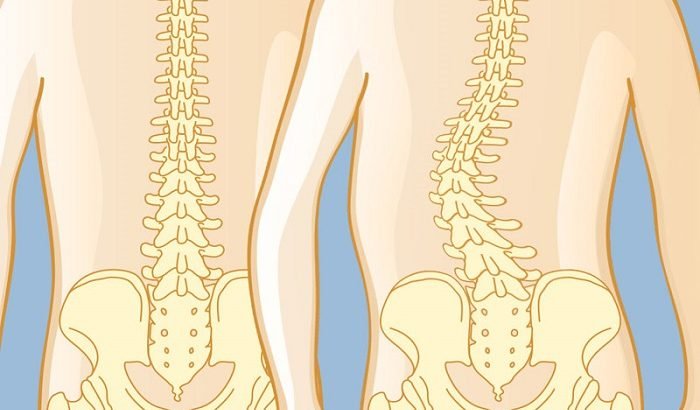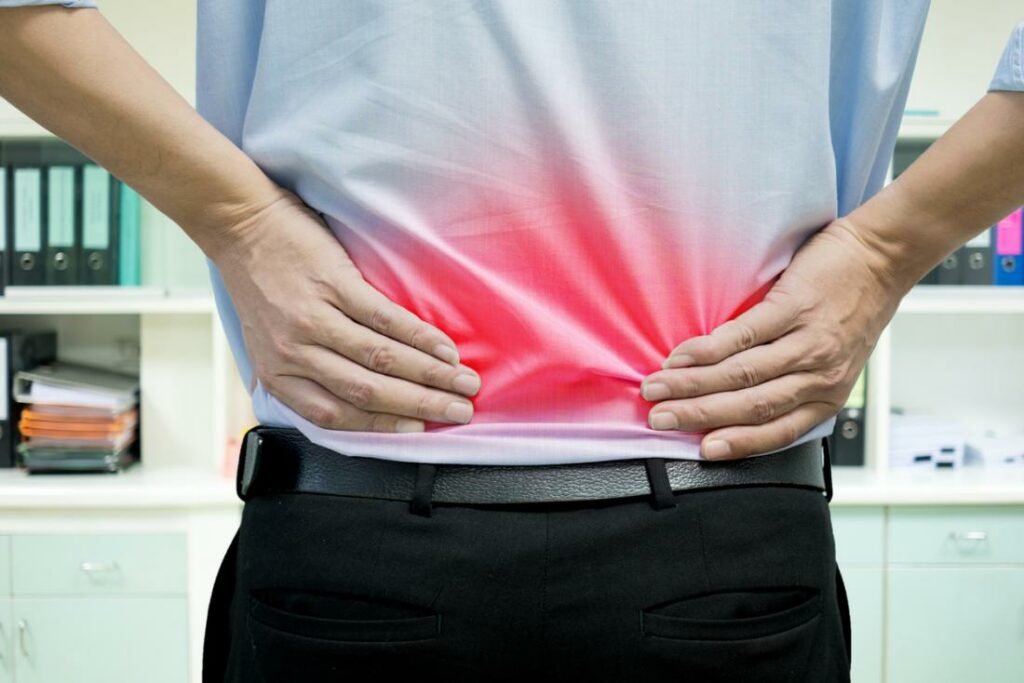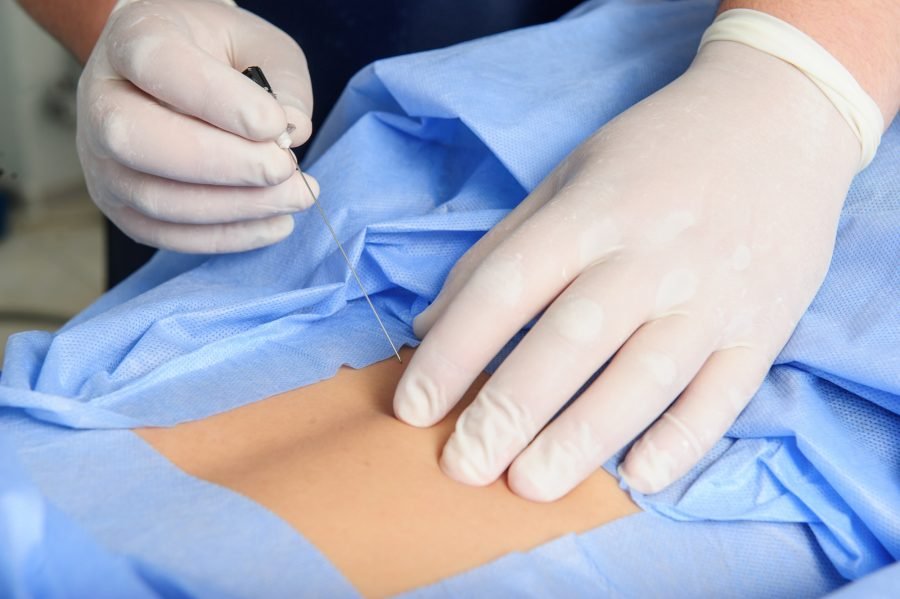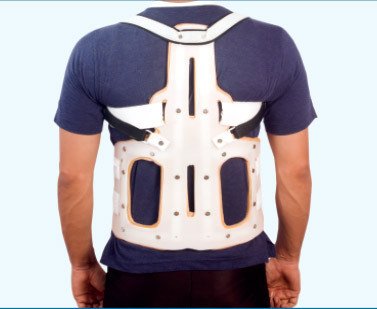Spinal Deformities

Spinal Deformity is an abnormal alignment, formation or shape of the vertebral column. A spinal deformity is also known as curvy spine or misshaped spine. They can occur as a result of a birth defect, a child’s growth, aging, injury or previous spine surgery. The most common type of spinal deformity in adults is degenerative Scoliosis. Spinal deformity is common in older adults but it can also affect adults in their 50s and younger.
Human spinal cord is made up of 24 small bones called as Vertebrae and its main function is to support the upper body. The Cervical Spine is the upper portion and it supports neck and head. The thoracic spine is composed of 12 vertebrae which connect to the rib cage and support the torso. The lumbar spine is made up of five large vertebrae that support most of the body’s mass and weight.
Spinal Deformities do not cause pain unless the change in structure restricts movement or reduces space in the spinal canal. A spinal deformity causes pain when the change in shape of spinal cord puts pressure on the nerves. Due to the Spine Deformity, a patient cannot do his/her own daily work efficiently as movements are restricted. Many times, patient is unable to stand straight and to walk properly due to spinal deformity.
Signs and Symptoms of Spinal Deformities
Many times Spinal deformities are not easily detected in children. Common signs and symptoms of spinal deformities include:
- Uneven shoulders
- Uneven hips
- A protruding shoulder blade
- Misalignment of the head over the midline of the body
- Low back pain
- Muscle spasms
- Weakness in the legs
- A hump on one side of the back
Causes of Spinal Deformities
- Arthritis due to degenerative discsand facet joint syndrome
- Osteoporosis
- Vertebral compression fractures.
- Previous spine surgery

Types of Spinal Deformities
Scoliosis
Scoliosis is more common in females than in males. It causes the spine to curve to one side. A person with scoliosis has a C- or S-shaped curve in their spine. Scoliosis most commonly occurs at the level of the chest and at the lower back region. A very small number of patients need surgery. in children, scoliosis corrects itself with the growth. It can appear at any age but it often found from the age of 10 to 12 years. In some Scoliosis cases, cerebral palsy, muscular dystrophy, spinal bifida or birth defects are responsible for Scoliosis conditions.
Kyphosis
Kyphosis is an abnormal forward rounding of the spine. It can occur at any age but is most common in older women. In the upper back, Kyphosis is commonly occurring due to osteoporotic compression fractures. It can also occur in the lower spine. Kyphosis limits the functions and causes back as well as stiffness in the upper back.
Lordosis
Lordosis is a condition in which the spine curves significantly inward at the lower back. It affects movements because patient can experience pain. Lordosis can affect people of any age. Achondroplasia, discitis, kyphosis, obesity, osteoporosis and spondylolisthesis can cause Lordosis.



Treatment of Spinal Deformities
The treatment of spinal deformity is mainly depending on the age of patient, type of deformity and severity of spine pain. Common treatment methods include:
Physical Therapy
Physical Therapy is the first line of treatment to cure spinal deformity cases. Physical therapy mainly includes Exercise and strengthening exercises. Physiotherapist instructs patient on proper lifting and walking techniques and also work with patient to strengthen back, leg, and stomach muscles. Physiotherapist also encourages patient to stretch and increase the flexibility of spine and legs.


Medications
Medication treatment is mainly used to reduce inflammation and to relive back pain. Nonsteroidal anti-inflammatory drugs (NSAIDs), Analgesics and Steroids reduce swelling, inflammation and pain. Patient should take medicines as per doctor’s prescription only.
Pain Management Injections
Spine surgeon also uses Epidural steroid injection and facet injection treatment. The Epidural Steroid Injection (ESI) is a minimally invasive procedure. ESI injection mainly involves corticosteroid and an analgesic numbing agent into the epidural space of the spine to reduce the swelling
of the spinal nerves. Many patients get relief from pain. The effect of epidural steroid injection is temporary.


Bracing
Bracing is the option for younger patients. It is mainly used for childhood scoliosis. In Adult, a brace can help to reduce pain in the short-term but it cannot correct the deformity. Bracing can also cause some problems like skin irritation or muscle disuse.
Surgery
If physical therapy and medications are failed to relive pain caused by spinal deformity then spine surgeon performs endoscopic or minimally invasive surgery for the treatment of spinal deformities. Common types of surgery include spinal compression surgery, spinal fusion surgery and spinal reconstruction surgery.

Surgery is performed in following cases:
- Physical therapy failed to relive pain
- Progressive spinal deformity
- The condition of unbearable physical deformity
- The condition of compression of the spinal cord or nerve roots.
- The deformity occurred due to fractures usually caused by osteoporosis.
- The deformity is progressing even after the skeletal growth is complete
